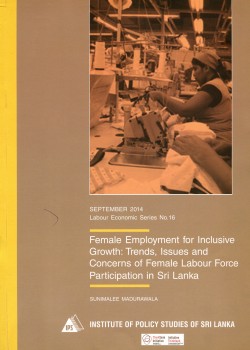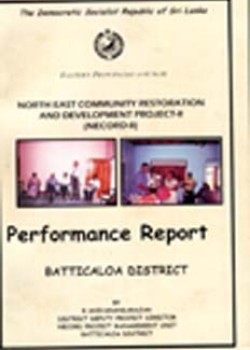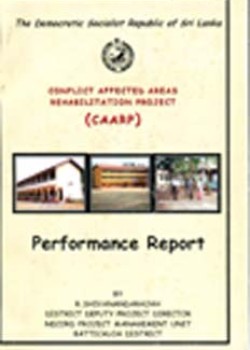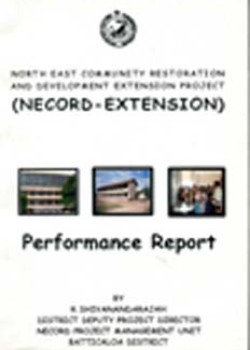
Female Employment for Inclusive Growth
Trends’ Issues and Concerns of Female Labour Force Participation in Sri Lanka
Author : Madurawala, S.
Publisher: Institiute of Policy Studiesof Sri Lanka
Place of Publish: Sri Lanka, Colombo
Year: 2014
Page Numbers: 33
Series: Labour Economic Serial No.16’ September 2014
Acc. No: 4570
Class No: 331.1 MAD-SL
Category: Books & Reports
Subjects: Economics
Type of Resource: Monograph
Languages: English
ISBN: 978-955-8708-83-5
Almost from the very beginning women have played an important role in the labour force in Sri Lanka. With the introduction of policy liberalization in the latter part of the 1970s, female participation in the labour force increased significantly especially in manufacturing and service sectors. However, from the latter years of the 1990s onwards, the Female Labour Force Participation Rate has stagnated in the range of 30 to 36 per cent.This study was carried out with the objectives of studying the trends, issues and concerns of female labour force participation in Sri Lanka in order to growth of the country to be inclusive and to access whether the growth has improved the opportunities to access the labour force for females across different income groups over time. A literature review was carried out to understand the main concepts on which this study is based on. Following Ali and Son (2007), Opportunity Curves were constructed for the female and male populations separately to assess the equity-impacts of access opportunities to be in the labour force across different income groups. Opportunity Index (OI) and the Equity Index of Opportunity (EIO) were also calculated for both groups (females and males) with the intention of quantifying the precise magnitude of the change.



